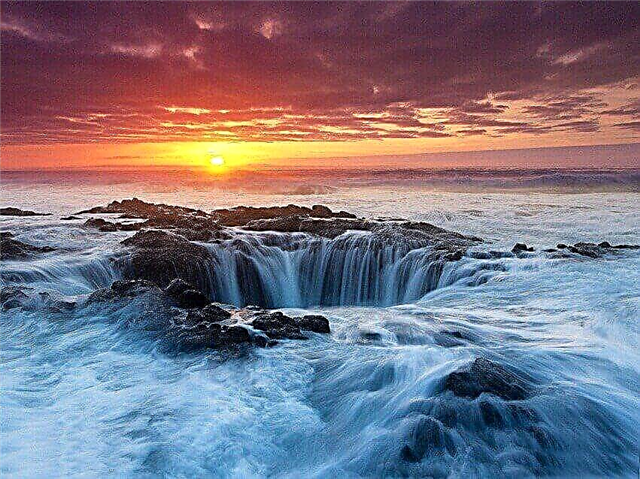One of the most famous rivers in China is the Yellow River, but even today its turbulent flow is difficult to control. Since ancient times, the nature of the current has changed several times, caused by large-scale floods, as well as tactical decisions during military operations. But, despite the fact that many tragedies are associated with the Yellow River, the inhabitants of Asia treat it with reverence and compose amazing legends.
Geographic information of the Yellow River
The second largest river in China originates at an altitude of 4.5 km in the Tibetan Plateau. Its length is 5464 km, and the direction of the current is mainly from west to east. The pool is estimated at approximately 752 thousand square meters. km, although it varies depending on the season, as well as the nature of the movement associated with changes in the channel. The mouth of the river forms a delta at the Yellow Sea. For those who do not know which ocean basin it is, it is worth saying that it belongs to the Pacific.
The river is conventionally divided into three parts. True, no clear boundaries are distinguished, since various researchers propose to establish them according to their own criteria. The source is the beginning of the Upper River in the area where Bayan-Khara-Ula is located. On the territory of the Loess Plateau, the Yellow River forms a bend: this area is considered arid, since there are no tributaries.
The middle current descends to a lower level between Shaanxi and Ordos. The lower reaches are located in the valley of the Great China Plain, where the river is no longer as turbulent as in other areas. It was said earlier which sea the turbid stream flows into, but it is worth noting that the particles of loess give yellowness not only to the Yellow River, but also to the Pacific Ocean basin.
Name formation and translation
Many people wonder how the name of the Yellow River is translated, because this unpredictable stream is also very curious for its shade of waters. Hence the unusual name, which means "Yellow River" in Chinese. The rapid current washes away the Loess Plateau, causing the sediment to enter the water and give it a yellowish tint, which can be clearly seen in the photo. It is not surprising why the river and the waters that form the Yellow Sea basin appear yellow. Inhabitants of Qinghai province in the upper reaches of the river call the Yellow River nothing more than "Peacock River", but in this area the sediments do not give a muddy hue yet.
There is another mention of how the people of China call the river. In the translation of the Yellow River, an unusual comparison is given - "the grief of the sons of the khan." However, it is not surprising that the unpredictable stream began to be called that, because it claimed millions of lives in different eras due to frequent floods and a radical change in the channel.
We recommend reading about Halong Bay.
Description of the river's purpose
The population of Asia has always settled close to the Yellow River and continues to build cities in its delta, despite the frequency of floods. Since ancient times, catastrophes were not only of a natural nature, but also caused by people during military operations. The following data exist about the Yellow River over the past several millennia:
- the riverbed has been modified about 26 times, 9 of which are considered major shifts;
- there have been more than 1,500 floods;
- one of the largest floods caused the disappearance of the Xin dynasty in 11;
- extensive flooding caused famine and numerous diseases.

Today, the people of the country have learned to cope with the behavior of the Yellow River. In winter, the frozen blocks at the source are blown up. There are dams installed along the entire channel, which regulate the water level depending on the season. In places where the river flows at the highest speed, hydroelectric power plants have been installed, their mode of operation is carefully controlled. Also, human use of a natural resource is aimed at irrigating fields and providing drinking water.









